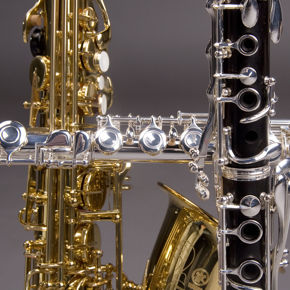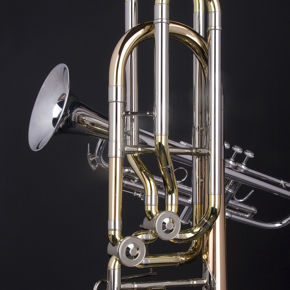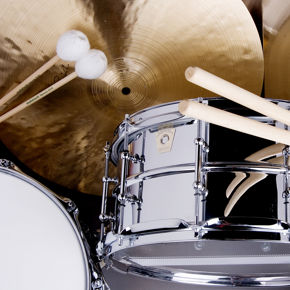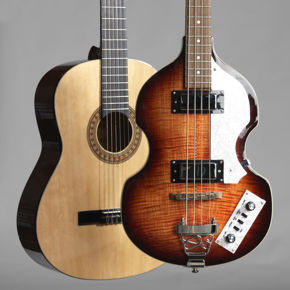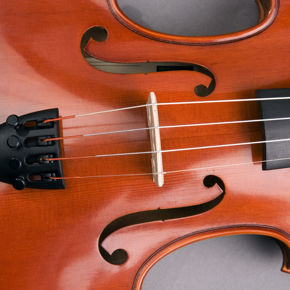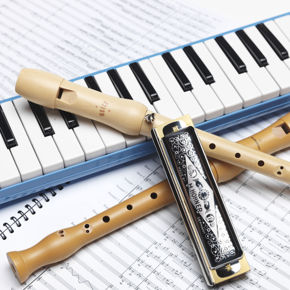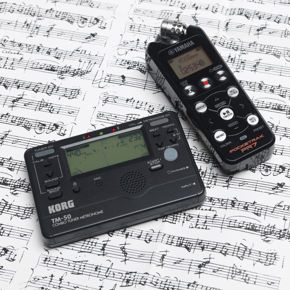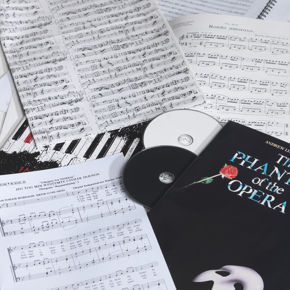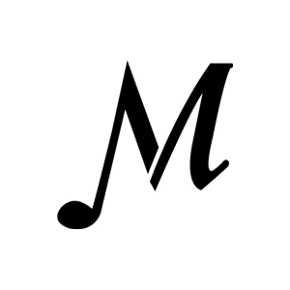LUDWIG VAN BEETHOVEN
Scottish and Welsh Songs
Petra Weber-Bockholdt (Editor)
Complete Edition with critical report, paperbound, Abteilung XI, Band 1
2 volumes
Pages 441 (XIX+282+140), Size 25,5 x 32,5 cm
Weight 1921 g
HN 4401 · ISMN 979-0-2018-4401-5
CONTENT
Scottish Songs op. 108, 1-25
Scottish Songs WoO 156, 1-22
Welsh Songs WoO 155, 1-26
Appendix: 4 alternative versions
ABOUT THE COMPOSER
Ludwig van Beethoven
No composer has had as profound and sustained an influence on immediately following generations to the present day as Beethoven. His instrumental music, especially his symphonies, served as touchstones for symphonic composition throughout the nineteenth century. The extraordinarily high standard of his music and his relative independence as a freelance composer have led to his being characterized as the greatest composer of all time.
1770 Baptized in Bonn on December 17, thus probably born on December 16, the son of Johann van Beethoven, a tenor in the court chapel of the prince-elector. First musical instruction from his father.
1778 First public performance.
around 1780 Musical training with the deputy court organist Christian Gottlob Neefe, who in 1783 presented him in Cramers 'Magazin der Musik' as a second Mozart.
1782 Acquaintance with the Breuning family, where his literary interest is aroused. First publication: Piano Variations in C minor on a March by Dressler, WoO 63.
1783 Harpsichordist in the court chapel; 1784 assistant to the court organist.
1787 Journey to Vienna. Here he very likely meets Mozart, who probably gives him some lessons. After a short while he must return home to his mother, who is ill with tuberculosis.
1792 He travels a second time to Vienna, where he will remain until the end of his life. Count von Waldstein sends him on his way with the famous words: 'With steady diligence you will receive Mozarts spirit from Haydn's hands.' In Vienna he studies with Haydn, Albrechtsberger, Schuppanzigh, and Salieri. As a pupil of Joseph Haydn, he achieves extraordinary recognition among the Viennese nobility and receives financial support. Great demand for his compositions from publishing houses: chamber music and piano sonatas from the Bonn and early Viennese years are issued. His first works printed in Vienna (among them the piano sonatas, Op. 2) already bear the hallmark of his compositional style: a forward-advancing, spirited, process-related character.
1796 Concert tours to Prague, Berlin, Leipzig, and Dresden, which cement his fame.
1798 Piano Sonata in C Minor, 'Pathétique,' Op. 13.
17981800 String quartets, Op. 18.
1799/1800 Symphony No. 1 in C major, Op. 21
1795/1800 Piano Concerto No. 1 in C major, Op. 15
180001 Piano sonatas, Op. 27, 'quasi una fantasia,' including the Moonlight Sonata, Op. 27 No. 2.
1801 Composition of the Symphony No. 2 in D major, Op. 36 (until 1802). Publication of the Piano Concerto No. 2 in B-flat major, Op. 19.
1801/02 Crisis brought on by incipient hearing loss, documented in the 'Heiligenstadt Testament.' Thereafter he begins, by his own admission, a 'New Path' in his compositions, reflected particularly in the piano sonatas, Op. 31 (including the Tempest Sonata); the piano variations, Op. 34 and 35; and the Symphony No. 3 in E-flat major, 'Eroica,' Op. 55: they are characterized by enhanced structural development as well as by the use of Baroque techniques and models from other genres.
180310/12 Frenzy of creativity; these years are dubbed Beethovens 'heroic period'. Written during this phase are Symphonies Nos. 3 through 8 (Opp. 55, 60, 67, 68, 92, 93); Piano Concerti Nos. 3 through 5 (Opp. 37, 58, 73); the Violin Concerto in D major, Op. 61; the Triple Concerto, Op. 56; string quartets (the Razumovsky quartets, Op. 59; the Harp Quartet in E-flat major, Op. 74; the String Quartet in F minor, 'serioso,' Op. 95); piano trios (among them the 'Ghost' Trio, Op. 70); piano sonatas (including the Waldstein Sonata in C major, Op. 53; the Appassionata in F minor, Op. 57; and 'Les Adieux' in E-flat major, Op. 81a); songs (including 'An die Hoffnung,' Op. 32); the Mass in C major (Op. 86); and the opera 'Fidelio' (Op. 72, first version 1804/5).
1808/09 Beethoven rejects an offer to become the First Kapellmeister at the court in Kassel because his patrons, Archduke Rudolph, Prince Kinsky, and Prince Lobkowitz, provide him with a comparable yearly salary.
1811/12 Travels to the spa at Teplitz, where he meets Goethe. In 1812, the letter to the 'immortal beloved,' whose identity (Antonie Brentano or Josephine Deym) is still uncertain.
1814 Piano Sonata in E minor, Op. 90; third version of the opera 'Fidelio.' Extraordinarily successful concert with Symphonies Nos. 7 and 8. Still, financial crisis brought about by currency devaluation and the absence of yearly stipends from Kinsky and Lobkowitz.
1815 Death of his brother Caspar Carl and the beginning of the years-long battle for the guardianship of his nephew Karl.
1816 Song cycle 'An die ferne Geliebte,' Op. 98; Piano Sonata in A major, Op. 101.
181718 Hammerklavier Sonata in B-flat major, Op. 106.
1818 Beethoven begins keeping conversation books due to increasing hearing loss.
181923 Missa solemnis, Op. 123.
1819/23 Diabelli Variations, Op. 120.
1820 Piano Sonata in E major, Op. 109, marks the beginning of his glorious late period, which is characterized by exceeding the boundaries of forms, by extreme pitch registers, advanced harmonies, and an increased penchant for contrapuntal forms such as fugue; standing in opposition to the propensity for esotericism in his chamber music is the monumentality of Symphony No. 9.
1821/22 Piano Sonatas in A-flat major, Op. 110 (with fugue in the final movement), and C minor, Op. 111 (reduction to two movements).
182226 String quartets, Opp. 127, 130, 131, 132, 135, as well as the Grosse Fuge, Op. 133, which originally formed the final movement of Op. 130.
1823/24 Completion of the Symphony No. 9 in D minor, Op. 125, which for the first time in the history of the genre includes voice parts (Schillers 'Ode to Joy'). It will become the most famous and most frequently played symphony of all time.
1827 Death in Vienna on March 26.
© 2003, 2010 Philipp Reclam jun. GmbH & Co. KG, Stuttgart
ABOUT THE AUTHORS
Petra Weber-Bockholdt
Prof. Dr. Petra Weber studied musicology, history of art and philosophy as well as other secondary subjects at universities in Munich and Paris; she also took private piano lessons with Hellmut Hideghéti. She did her doctorate in Munich in 1980 with a thesis on Mussorgskys songs and habilitated in 1990 in Würzburg with a thesis on Ludwig van Beethovens arrangements of British songs.
After spending time as a visiting professor both at home and abroad, since 2001 she has been Professor of Musicology at the University of Koblenz-Landau, Campus Koblenz. Webers main areas of research are the theory of the earliest polyphony, Beethoven, and the history of tonality and source studies as the basis for editing. Petra Weber works on the Beethoven Complete Edition, where she is in charge of Volume XI.

